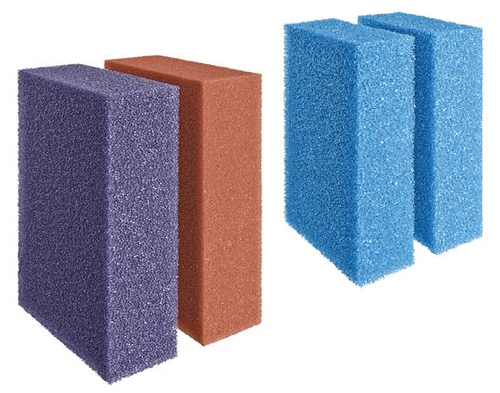Lythrum Salicaria - Purple Loosestrife Marginal Aquatic Pond Plant
Plants will arrive in baskets complete with aquatic soil
- Flowers: June - Sept
- Growth Rate: Medium
- Depth: 0 - 5cm Max
- Height: 120 - 180cm
- Native to British Isles
- Perfect For Pollinators
- Position: Full Sun
A stunning plant for a medium to large pond or lake. The Lythrum salicaria has tall pink blooms can be seen from some distance, it is free flowering over a long period in summer.
Little maintenance is required for the purple loosestrife. Trim to tidy but leave foliage to die back naturally to encourage winter bud formation.
The Lythrum salicaria - Purple loosestrife pond plant is available in at least one or more of the following sizes
- 9cm square pot (9x9x10cm)
- 1 Litre square basket (11x11x11cm)
- 3 Litre hexagonal basket (18x18x16cm)
- 5 Litre square basket (24x24x14cm)
- 10 Litre square basket (29x29x19cm)
- 30 Litre square basket (40x40x28cm)
Planting Marginal Pond Plants
We recommend any pond plants supplied in 9cm pots are replanted into larger aquatic planting baskets, while pond plants supplied in 1 litre aquatic baskets and above can remain as they are, as they will already have room to grow.
It is worth bearing in mind that taller plants such as Iris's & grasses may benefit from a deeper larger basket, as they can be prone to blowing over in the wind, these deeper baskets will provide some counter balance against the wind, as well as plenty of room for root growth.
Spreading and rafting pond plants can be planted into shallower baskets should you wish, but remember they will still need plenty of room for growth, so it is always worth while replanting them regularly to ensure the best possible display.
It may be possible to place some marginals directly into a planting area such as a bog garden.






